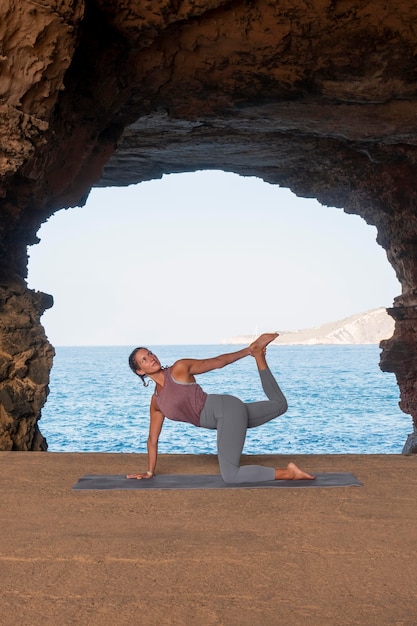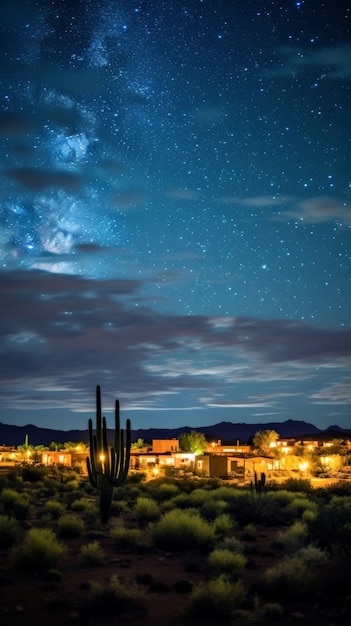
After wrapping up an incredible 5-day press trip with Riviera Maya Tourism in Playa del Carmen, we moved on to Tulum. We had floated along rivers, climbed ancient ruins, and watched performances, but I was eager to dive underwater.
I had an exciting adventure lined up—a dive in Dos Ojos, one of Mexico’s top cenote dives. Cenote diving is both dangerous and thrilling, and I couldn’t wait to explore these underground river systems. I chose Mexi Divers, the most renowned dive shop in the Tulum area, known for their expertise in navigating these underwater labyrinths.
The term “cenote” comes from the Yucatec Maya word “Ts’onot,” which refers to any location where there’s an opening in the cave that leads to the surface. These river systems were the primary freshwater source for the ancient Maya, playing a significant role in their civilization’s success. There are around 7,000 cenotes in the Yucatan Peninsula alone. These clear waterways flow under a thin limestone layer, crisscrossing for hundreds of kilometers before eventually draining into the sea.
The clarity of the water in Mexico’s cenotes is astounding, and diving in them has always been a privilege for certified divers. This ancient network of underground rivers is sacred to the Maya people, and diving with just a flashlight and scuba gear is truly an honor.
Since I hadn’t been diving since our trip to El Nido, Philippines, nearly two years ago, Mexi Divers recommended a refresher dive. Even in good conditions, diving can be dangerous, so it is essential to brush up on skills if you haven’t dived in a while.
I arrived early for the refresher dive and met Mariano, my Argentinian dive master. He was thorough and professional. We tried on all my gear and headed out to sea. As we descended into the clear Caribbean waters, I felt at ease. Diving felt like riding a bicycle; even after a two-year break, I quickly reacquainted myself with the skills, allowing us to enjoy the rest of the dive.
The ocean refresher was fantastic. We followed narrow coral canyons at “The Aquarium” dive site, an excellent starter dive. We spotted numerous fish, a large moray eel, and some crabs. This experience reignited my love for diving, and I knew I had to dive more while in top dive locations like Mexico and Belize.
Back on the boat, heading to shore, my mind was on my cenote dive scheduled for the next day. I woke up early in Tulum, too excited to sleep. I grabbed my dive book, hopped on my bike, and rode to Mexi Divers on Tulum Beach.
At the shop, I met my new dive master, Eduardo, a 20-year-old Mexican dive instructor who had been diving since he was 14. We loaded the truck and headed to Dos Ojos, perhaps Mexico’s most famous cenote dive featured in various documentaries.
Dos Ojos, meaning “Two Eyes” in Spanish, is a well-known flooded cave system just north of Tulum. Exploration of these caves began in 1987 and continues today, spanning an astonishing 82 kilometers with 28 known entrances. One of these entrances, “The Pit,” is the deepest known cave passage in Quintana Roo, reaching down to 119 meters.
We paid the park entrance fee (100 pesos) and drove through the jungle for about 10 minutes to the cave opening. We seemed to have arrived early, having the site to ourselves. We quickly suited up and carried our tanks down the stairs to the cave entrance.
The water’s brilliant green-blue color was mesmerizing, glowing fluorescent and reflecting off the cave ceiling. The pool was so clear that it looked like a portal rather than water. We submerged in the water, and I was amazed at the visibility, which far surpassed any dive I had ever done. While the ocean limits visibility due to particles and organisms, Dos Ojos offers visibility of at least 100 meters.
Following Eduardo, we navigated through a maze of stalactite and stalagmite formations. Parts of the walls looked like melted wax from thousands of candles, forming colorful rock icicles. The water was so clear that it felt like we were floating in mid-air, with only the hum of bubbles giving a sense of being submerged.
There was little life in the cave, but the real beauty lay in the clear views of the stunning underwater formations. At times, we squeezed through narrow caverns, but mostly we were in vast openings that didn’t feel claustrophobic.
At one point, we surfaced deep in the cave, floating in a dark grotto with sleeping bats. When we turned off our flashlights, a small hole sent light piercing into the cave, illuminating the million-year-old formations. We breathed the musky air freely before descending to finish the dive.
Emerging from the dive, I felt grateful for the unforgettable adventure. Eduardo joked about such adventures being rare, but I quietly thought to myself, “For us, it is every day.” This lifestyle of perpetual adventure allows me to meet incredible people like Mariano and Eduardo and live out amazing dreams daily.
The professionalism of my instructors and Mexi Divers’ emphasis on safety and quality equipment reassured me that I made the right choice for these dives.
The calm of Dos Ojos left me time to reflect on my love for diving and this adventurous lifestyle. Diving in a Mexican cave is an experience I’ll never forget, and I’m excited for future dives in Belize’s renowned waters.




